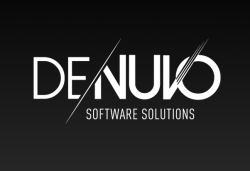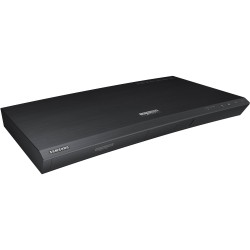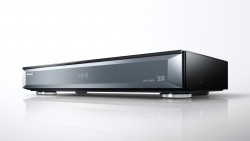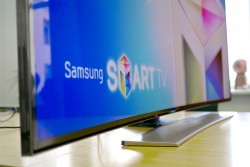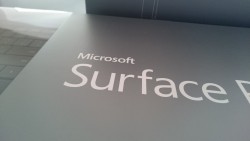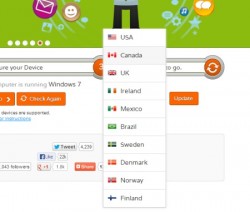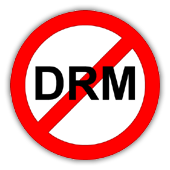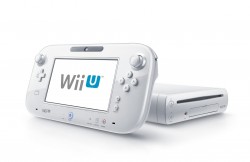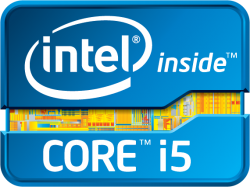So here’s something interesting. I’ve started on a new PC build. It’s not because my Surface Pro 3 is no longer good enough as my desktop replacement (it is more than enough), but I just thought I would update my skills (as a PC builder) with some of the new tech and parts since I last played around inside a PC case (erm, probably in 2012?). Plus, there are some processor intensive tasks, such as video encoding, that are just not suited for a laptop/tablet hybrid (it’s fast enough to do it, but it also runs quite hot, maybe too hot). I will start documenting my build process here, once all my parts arrive.
CES is currently on, and so there’s a bit of news here and there that’s relevant to what I cover here. News for things like Roku branded 4K TVs and Ultra HD Blu-ray players will be relevant, but things like hoverboard booths getting raided by the DoJ are not really relevant, although interesting. Let’s get started then …
![]()
Game pirates might have to start worrying about where they’re going to get their new games, as a game cracking group warned that the age of game piracy might be coming to an end. It’s not just because games these days often have so much online interactivity that it’s hard to tell where the single player game ends and the multi-player begins, but apparently the technology used to protect games have advanced to a stage that is making it very difficult for crackers to do their work.
Games like Just Cause 3 and FIFA 16 that use the Denuvo anti-tampering system are proving incredibly difficult to crack, according to the founder of a Chinese cracking forum. Denuvo doesn’t work like traditional DRM, instead it’s another layer on top of existing DRM solutions that protects these platforms (such as Steam, Origin) from being cracked. Sort of like a DRM for DRM. I don’t really know how it works exactly (and the people behind Denuvo, many of whom were responsible for Sony’s controversial SecuROM DRM, are keeping things very secret for obvious reasons), but it apparently makes it much more difficult for crackers to examine and make modifications to game code. Whether this is through obfuscation, encryption or some kind of black magic, I don’t know, but when crackers are struggling to bring out a clean game months after its release, you know things are starting to get difficult.
However it works, there have been unsubstantiated reports that Denuvo might be causing performance problems for certain games, or that it increases the read/write workload for games (which is a bad thing for SSD drives that are becoming the standard for gaming PCs). It’s also apparently a very expensive technology to license, which is why not all games are using it these days.
But if PC gaming piracy can be ended, will this be a good thing for the gaming industry, or will it mean a return to the bad old days of over-priced, buggy, sub-par game release? Oh, never mind.
With everything at CES being 4K, or Internet connected, or both, here’s a copyright story that rides that particular hype train. Remember a few months back when 4K stuff from Amazon and Netflix’s streaming libraries started to appear on pirated sites? The mystery of where these perfect 4K rips came from may have been solved, thanks to court documents from Intel and Warner Bros’ lawsuit against the makers of a 4K HDCP stripper device. The device is apparently capable of dealing with HDCP 2.2 protected sources, which explains how Netflix and Amazon 4K content ended up on the torrent networks. While the cat and mouse game between PC gaming DRM makers and crackers seems to be reaching a conclusion, for video, the idea of “if you can view it, you can rip it” still appears to be holding true (after all, at some point, the video must be displayed unprotected so that the human eye can see it, and this will be true until they invent DRM implants for eyes – oops, did I just give Hollywood a new idea?)
![]()
On to the real CES 4K stuff now. Both Panasonic and Samsung have shown off their Ultra HD Blu-ray players at CES, but both are aimed at very different demographics. Samsung’s UBD-K8500, previously exhibited at the IFA show in Berlin, will go on sale in March (already available for pre-order on Amazon) for an acceptable looking $399. It has HDR and wider-color gamut support, and will do 4K streaming, plus all the normal Blu-ray features (eg. Blu-ray 3D) that you’ll expect in a $399 machine.
For those looking for something a bit more premium-y, have a look at Panasonic’s as-yet-unpriced DMP-UB900. It will do all the same things as the K8500, but will do everything just a little bit better. Being THX certified, featuring dual-HDMI output, high resolution audio playback, a 4K High-Precision Chroma Processor and other goodies, this one will definitely set you back more than $399 once it’s released sometime in 2016 (as firm a release date you’ll get from Panasonic at this time).
On the 4K TV side, there’s a new brand that you might want to look out for: Roku! Not known for anything else other than a media streamer boxes, Roku has been trying to expand their profile by lending their name, and their much praised OS, to lesser known TV brands, mainly Chinese brands such as Haier, Hisense and TCL. At CES, Roku announced that Roku branded 4K TVs will also soon be available, starting at just $600 (so that’s less than $1000 at retail for both a Ultra HD Blu-ray player and 4K TV for those keeping track). It’s a win-win for both Roku and their Chinese TV maker partners – Roku gets to have branded TVs without having to invest in development and manufacturing, while the Chinese TVs get more exposure in the US and a fantastic smart OS (with tons of apps) to boot.
The earlier sets won’t be fully featured like their more bigger branded cousins, so things like HDR will be missing, but Roku says sets with support for Dolby Vision and HDR 10 (two competing HDR standards) will be made available later in the year.
With so many 4K related products being released in 2016, it definitely has the look of being the year 4K reaches the mainstream. The good news is that these products are not entirely out of reach of the average consumer ($399 for a early model Ultra HD Blu-ray player compares well to the $1000+ you had to pay for the first Blu-ray players, same goes for 4K TVs, thanks largely to Chinese TV makers).
——
That’s it for the news this week. For those still interesting in my new PC build, here’s a sneak preview of what’s inside: Intel Core i5-6600K with 16GB of Corsair Vengeance LPX DDR4-2400 memory. For a full list, and I’m sorry for going all promotional on you, you’ll have to check out issue 490 of my newsletter which will contain a link to my PCPartPicker page for the build!
See you next week.

